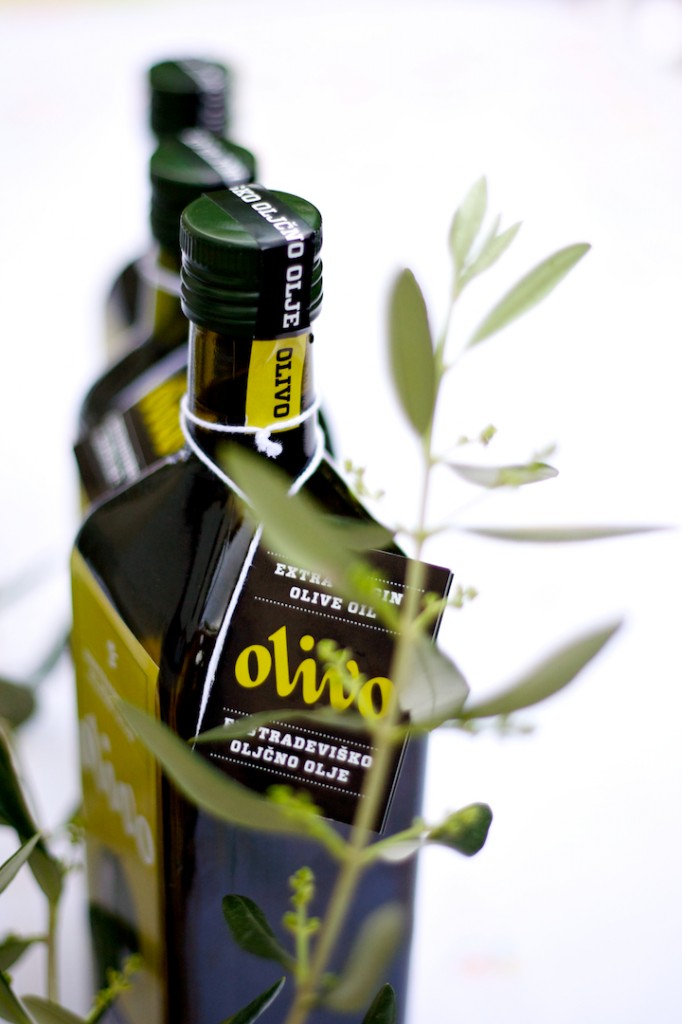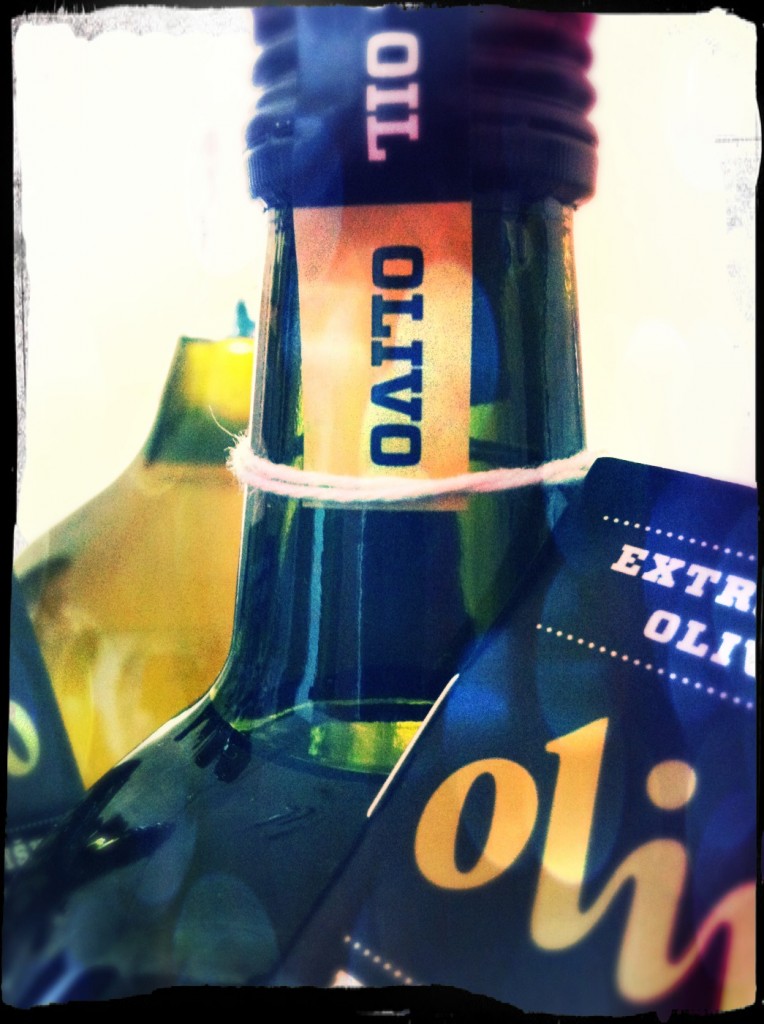Quality and Price – Consumer Guide
Price tells us a lot about the product-we get what we pay for. So it is with olive oil; we can’t expect to buy high- quality oil at a very low price. Are we naïve then if we buy the Extra Virgin olive oil that costs 20 euros, when in discount stores the same bottle can be purchased at the price of 5 or even less than 3 euros? Obtaining top quality oil requires a year-round care for trees in the orchard, picking fruit at optimum ripeness, proper storage, processing in less than 48 hours and storing in special tanks. If we add to this the handwork, the absence of pesticides, taking care of clean soil and focusing on sustainable development, we can understand why the price difference between good, expensive, and cheap oil. It is difficult to maintain the top quality in large quantities of the olives because the harvest is mechanical, the fruits are transported in trucks and stored in stacks, which results and enzymatic hydrolysis and oxidation. The result of all this is oil of poor quality. Boutique products cannot be sold at low prices, because the focus is not on mass production, but on the quality, handwork and attention to detail.

What About Descriptions on the Label?
Are all olive oils good for you?
No, because the quality of olive oil depends on sensory and chemical characteristics.
Depending on the quality and type of processing only the following categories of oil can be sold in shops:
Extra Virgin Olive Oil – is oil that comes from the pressing solely by mechanical means. Once olives are harvested they should be pressed in less than 48 hours. Extra Virgin Olive Oil must not contain more than 0,8 % acidity and is judged to have a superior taste. Estimates are that less than 10 % of all the olive oil is authentic extra virgin oil, although that label is found on the bottles which can be purchased at absurdly low prices.
Virgin Olive Oil – is extracted by mechanical means, it is unrefined and has a rich taste. It has a free acidity of not more than 1,5 %.
Ordinary Virgin olive Oil – can be qualified as 100% olive oil and has a free acidity of not more than 3,3 grams per 100 grams.
Olive Oil –is usually a blend of refined and virgin production oils, of no more than 1% acidity. It lacks a strong flavour and some health benefits.
In addition to these, there are three more categories which, according to the EU directives, cannot be sold in retail:
Lampante olive oil – should not contain refined olive oil; because of the high degree of acidity (above 3.3%) it is not suitable as food, but mainly in the industrial market.
Unrefined pomace olive oil – is produced in the processing of olive pomace, which remains after the first cold pressing. It is mostly used as industrial oil.
Refined pomace olive oil – is obtained by refining crude olive-pomace oil through chemical procedures and is considered lower quality.
Precisely the worst quality oil is found in cans, pickled vegetables etc. „Tuna in olive oil“ actually means tuna in refined pomace oil with the addition of flavour enhancers and other chemicals. We recommend that you decant the oil and add tunas, sardines or artichokes something really good – Extra Virgin Olivo Olive Oil, for example.
What does „Olive Oil“ mean?
The words „olive oil“ on the packaging don’t tell much to the consumer as it may contain undefined proportion of refined and virgin oil and undefined quality of virgin oil. For your money, let alone your health you deserve only the best oil, oil that is not just fats but a nutrient and a medicine.

